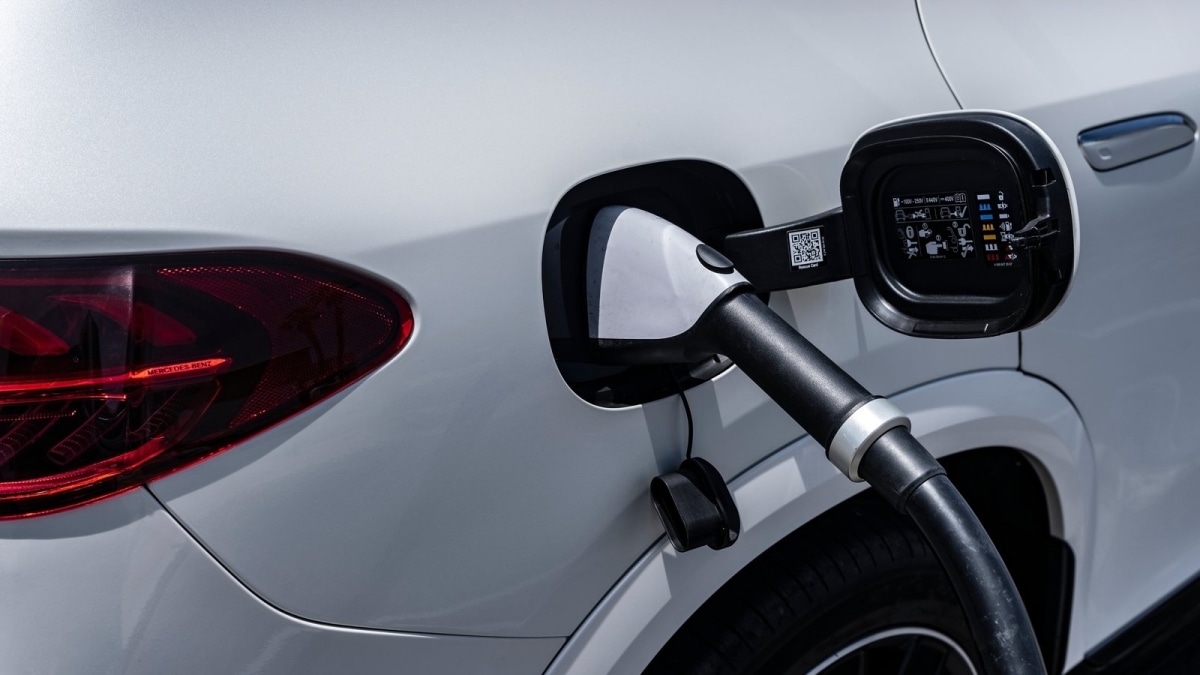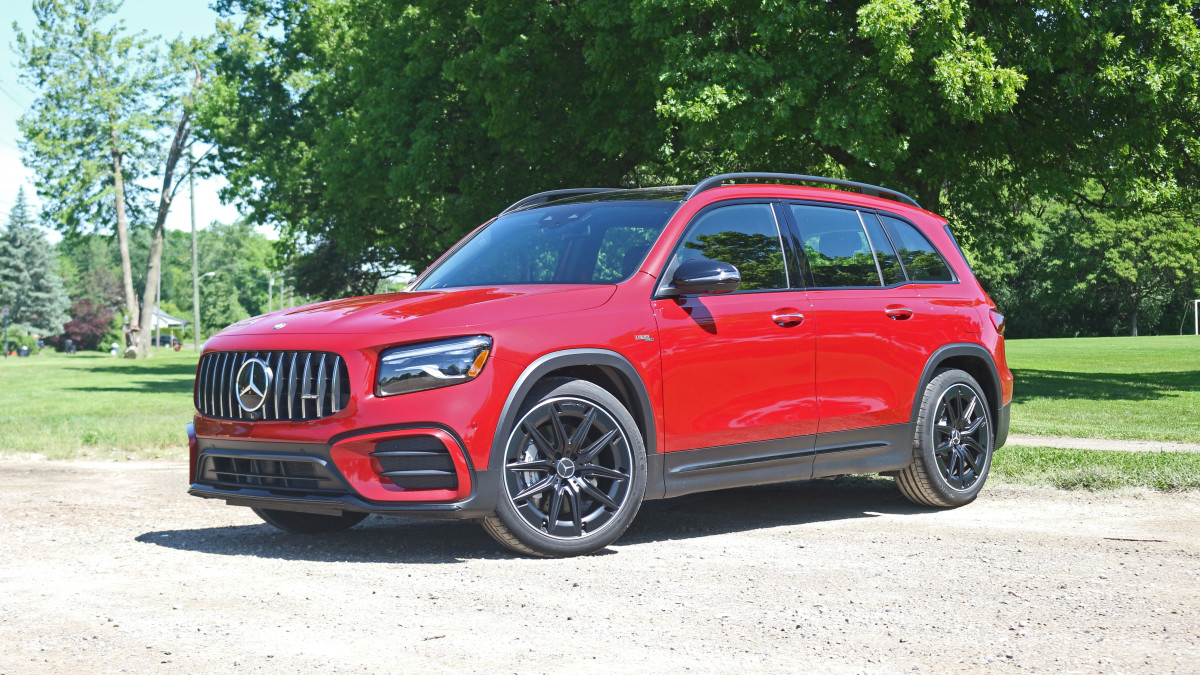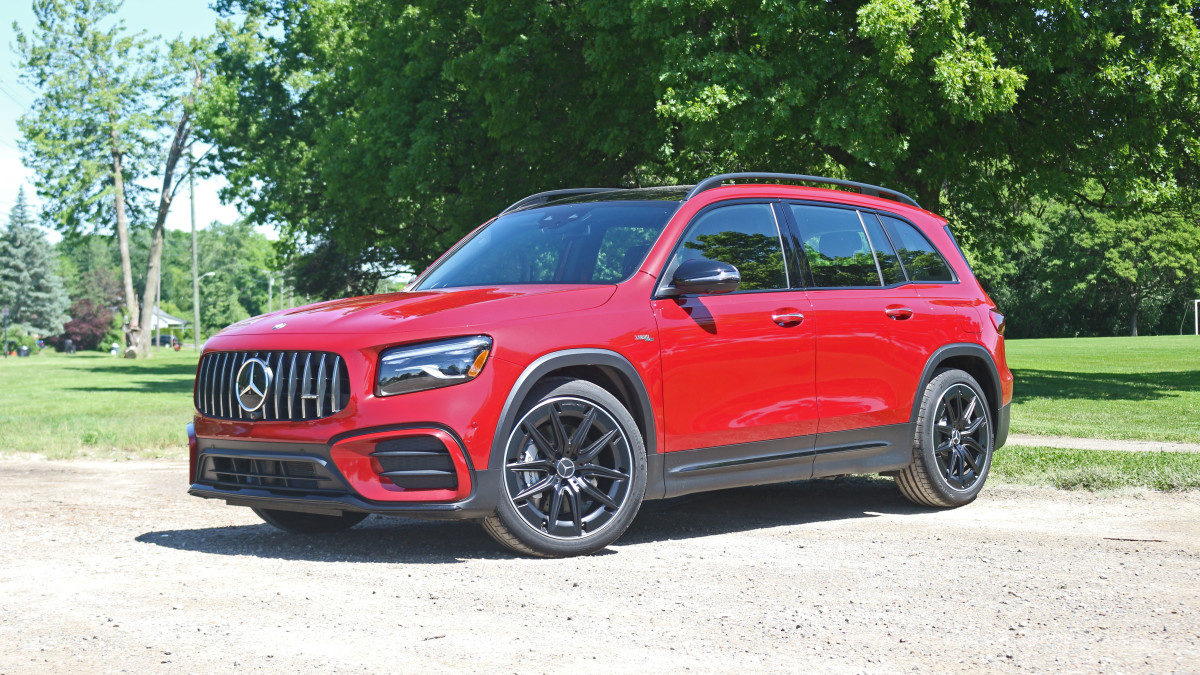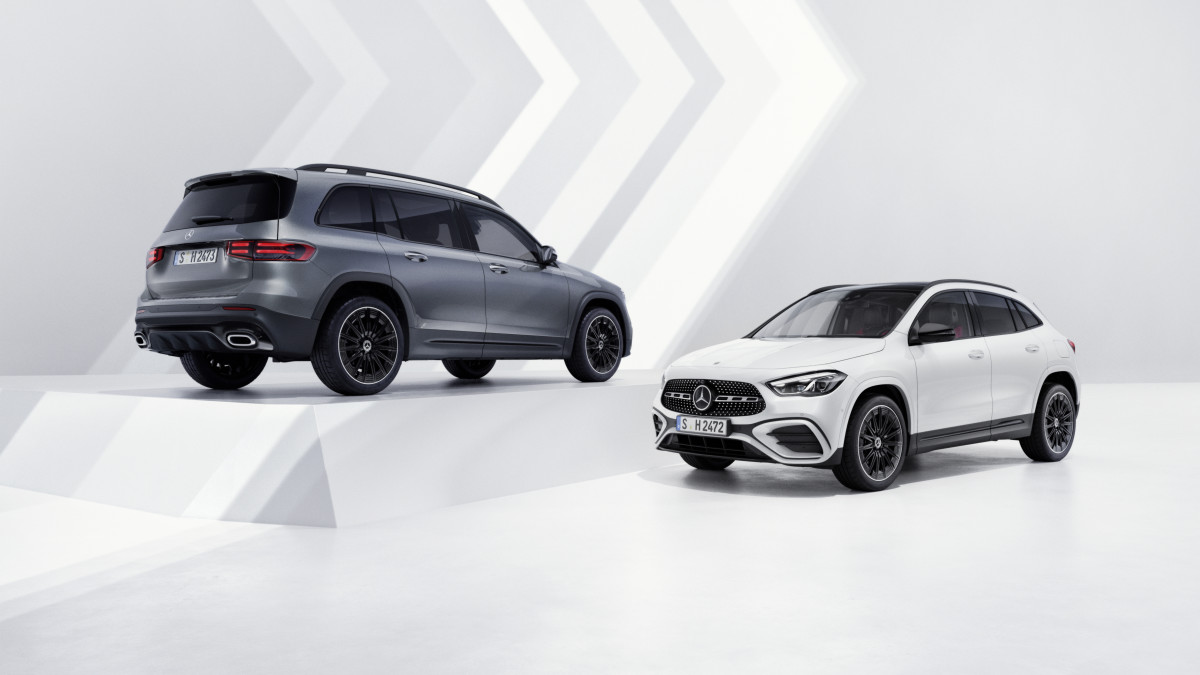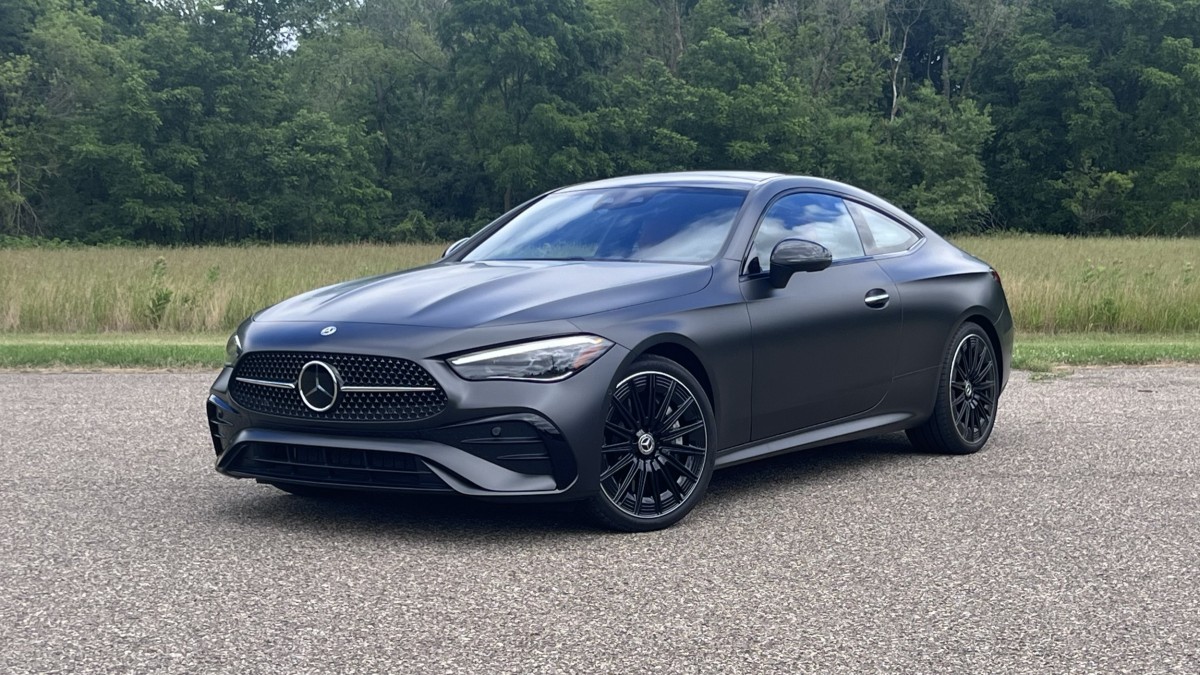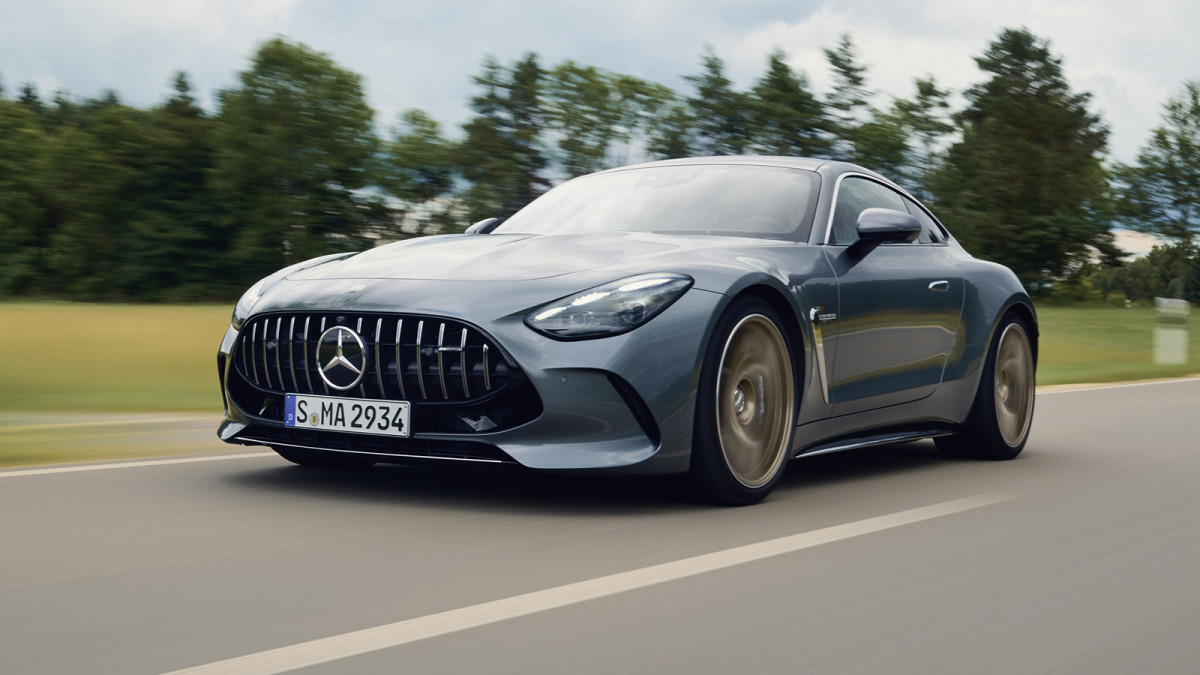

STUTTGART, Germany – Something of a hierarchy becomes apparent while cruising on unrestricted sections of the Autobahn. Humble little hatchbacks from Renault and Volkswagen give way to their hot hatch counterparts with Rs and Ss on the tailgates. Those then make room for more serious sedans and coupes from BMW and Mercedes. And at the top of the food chain, an Autobahn apex predator if there ever was one, the car I’m in: the (deep breath) 2025 Mercedes-AMG GT 63 S E Performance.
It only takes a portion of the coupe’s monumental 805 horsepower and 1,047 pound-feet of torque for it to assert its dominance. I don’t even take it out of Comfort mode. A little prod of pedal, some modest rumble from the V8, and the AMG starts racking up kilometers per hour. And no matter who’s ahead of me, I can always stay close, sending the clear message that I can go faster and I want to go faster.

Pleasantly, the GT is comfy. Sure, it’s a little on the firm side, even when compared to its near-twin the SL, but it’s steady and relaxed. The optional performance seats cradle you deep in the leather-lined interior, providing both comfort and support for dominating the highway. Chrome and ambient lighting shine around vents and screens. It really offers about everything you’d want from a sporty grand tourer.
But the thing is, so can the other Mercedes-AMG GTs. They’re also fast, sleek and comfortable. Not quite as fast, but I only managed to get this plug-in hybrid GT to 150 mph before running into too much traffic to go faster, and any of the others can do that. What does the E Performance have that the others don’t?
Mainly, it has bragging rights.

It sure seems like the main reason to get the (another deep breath) Mercedes-AMG GT 63 S E Performance is because it’s currently the most GT you can get, in length of name and performance. We already touched on the huge output, and that power and torque makes the all-wheel E Performance the quickest production Mercedes ever built with a 0-60 mph time of 2.7 seconds. That’s even quicker than the AMG One hypercar. It ekes out a few more mph of top speed over its GT 63 counterpart, too, at 199 (said regular GT 63 hits 196). And to scrub off speed, it gets standard carbon ceramic brakes that are 1.1-inch bigger up front (16.5) and 0.8 inch larger in the rear (15).
The huge power boost, and the name, comes from the E Performance plug-in hybrid system that adds a 6.1-kilowatt-hour battery pack and a 201-horsepower permanent-magnet electric motor to power the rear axle through a a two-speed transmission (though the rear motor can still power all four wheels by sending power forward through the same driveshaft that brings engine power to the back). Despite the two-speed transmission for the electric motor, you’d never notice that there’s an extra little gearbox. Any shifting is imperceptible. It’s also impressive how smooth the transition between full-electric and hybrid operation is.

Besides adding performance, it literally adds more to the car, which is mainly noticeable in how it fills up a chunk of the GT’s generously sized cargo area. There’s still plenty of space left over, and it doesn’t intrude upon (struggles to maintain a straight face) rear “seat” “room.” It adds more weight, as well. Mercedes doesn’t say exactly how much, but apparently, it’s enough to give the E Performance a more even mass distribution.
The electric motor opens up some interesting possibilities for the E Performance that could further enhance its abilities beyond numbers, but it doesn’t really follow through with them. It’s literally a plug-in hybrid, but its usefulness as one is debatable. It only goes 8 miles on electric power, but that’s on the ultra-optimistic European WLTP cycle. That might make for stealthy cruising through quiet villages or avoiding European urban congestion charges, but it feels weird to pay for 800 horsepower and only use 200 of it. It’s certainly plenty for poking around town, though setting foot on the freeway will quickly expose the limits of the motor, and when doing so, you’re bound to push past the extra resistance in the pedal that reactivates the engine. The four regenerative braking modes – including a one-pedal mode – also seem a bit pointless as they can only be accessed when the battery is empty enough (a common element of battery-powered vehicles that’s usually not that big of a deal); the battery then fills up quite rapidly given its small capacity, especially in Sport and Race modes where the engine pitches in to top up electricity for max performance.
Meanwhile, much of the rest of the E Performance remains comparable to a regular GT 63. They both come with rear-axle steering, active roll stabilization, and mostly the same style. The E Performance’s main visual distinctions are fender badges, red highlights on the rear nameplate, and the charging door on the rear bumper. The standard wheel sizes are even the same.

Ultimately, the E Performance is just more. It’s not better. It’s not worse, either. It’s just more. Arguably, this end of the market is more concerned with more than anything else, but truthfully you can get basically the same experience with the other V8 GTs. Those are already more capable than any public road can really accommodate – be it in Germany or most definitely back in the United States. As for possible track use, Mercedes sure doesn’t seem to look at the S E Performance as a track car, since we didn't get to try it on track. This is also after we were told this next-generation GT was going to go in the sportier, track-oriented direction when the SL debuted seeming awfully similar in concept to the existing GT. Also pointing more to a focus on comfort over performance is in the steering, which is a bit numb and disconnected, and generally lacking its predecessor’s raw and visceral feel. It’s too cool, collected and distant. Here’s hoping the GT 63 Pro will actually prove to be AMG’s track-ready answer to the 911 GT3.
If all this feels awfully negative for an 805-horsepower GT car, well, it’s all just a matter of perspective. The GT 63 S E Performance is by no means a bad car. All that power is obviously fun, and the car is unquestionably capable. The V8 really sounds superb, too – it has a deep, clear rumble, and Race mode adds just the right amount of modest crackle on the overrun. The new GT is also gorgeous with its long nose and curvy rear end; it’s better proportioned than the nose-heavy previous model, too. The trouble is, all that applies to “lesser” GT models, and although pricing has yet to be announced, one seriously doubts the S E Performance will command a small price premium. Maybe buyers of six-figure sports cars don’t care so much for value, but we do, and it’s hard not to see this plug-in hybrid GT’s as questionable.

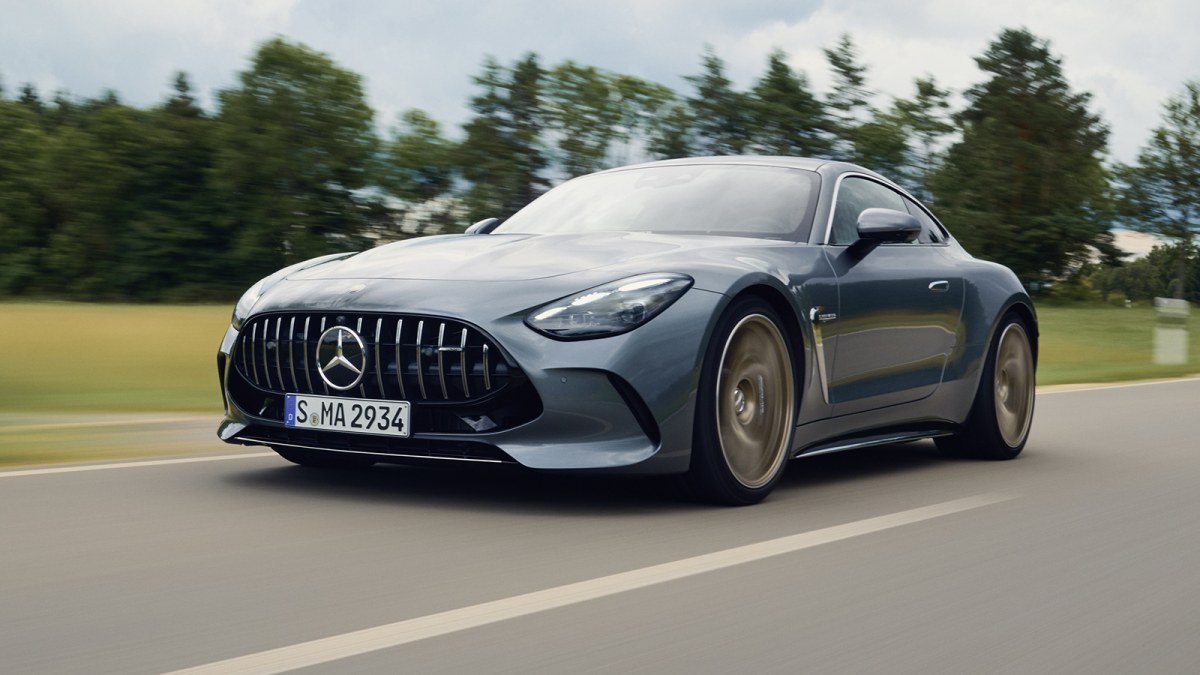

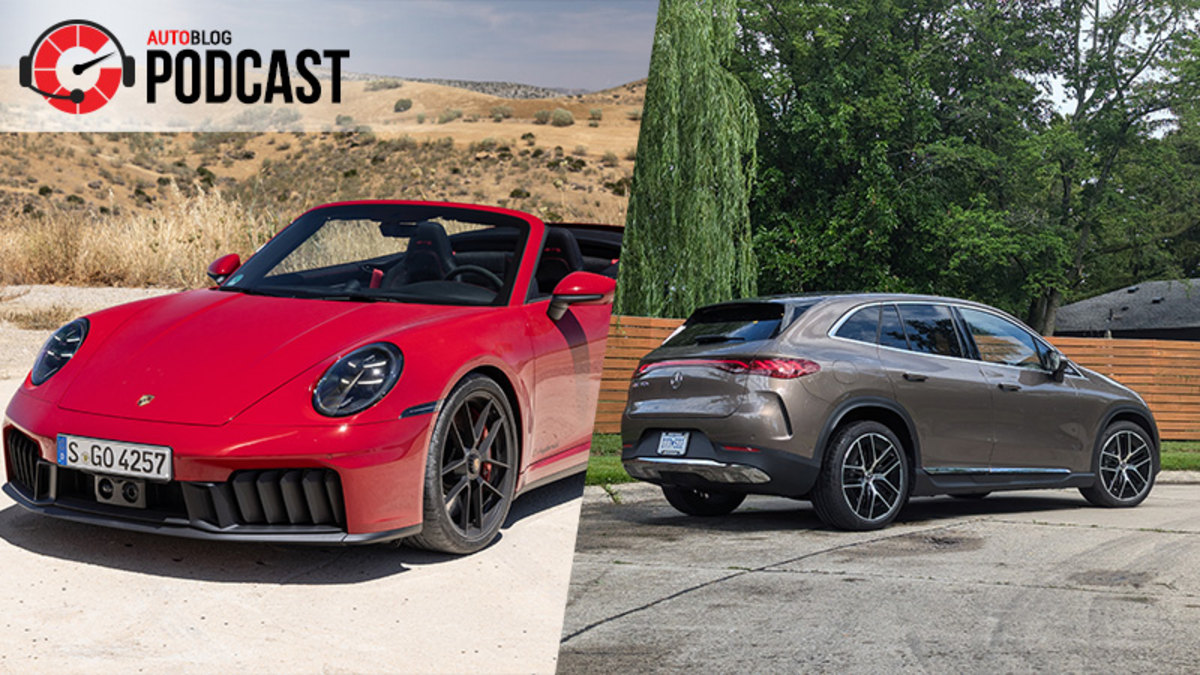 Plus, we also try out the Mercedes-Benz EQE SUV and discuss the week in car news
Plus, we also try out the Mercedes-Benz EQE SUV and discuss the week in car news